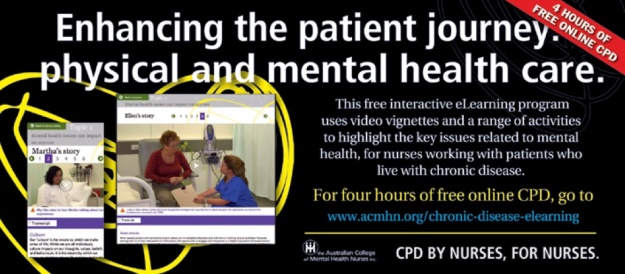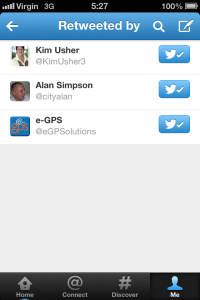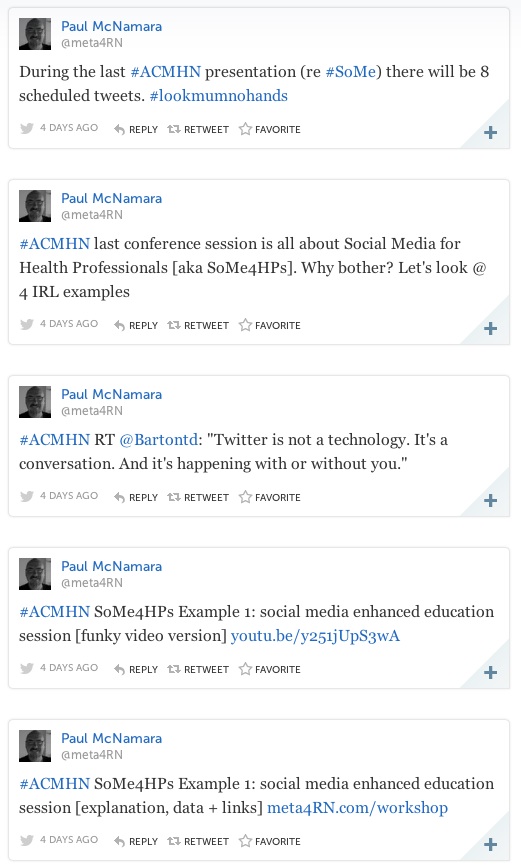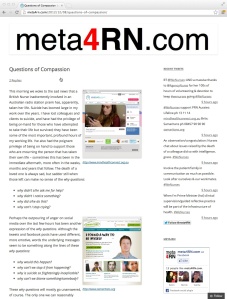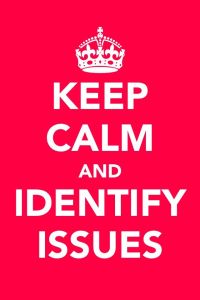 There’s been a new book released called Social Media for Nurses: Educating Practitioners and Patients in a Networked World. I have not read the book, so for all I know it’s the most enlightening piece of literature in the world, but finding-out about its existence did get me wondering – do nurses really need to read a 284 page book on using social media?
There’s been a new book released called Social Media for Nurses: Educating Practitioners and Patients in a Networked World. I have not read the book, so for all I know it’s the most enlightening piece of literature in the world, but finding-out about its existence did get me wondering – do nurses really need to read a 284 page book on using social media?
Asking such a question = running the risk of seeming like some ranting, permissive, anti-academia, anti-intellectual hack.
I am permissive, and can be a bit ranty and hack-like at times, but am neither anti-academia nor anti-intellectual. I just think a book talking about social media for nurses is less valuable than nurses acquiring first-hand experience observing and using social media.
Now I’ll take a big breath and argue my case.
See One. Do One. Teach One.
I remember as a first year student nurse giving an IM injection for the first time. Preparation included some didactic teaching about the process and physiology of asepsis, locating the appropriate injection site, and rationale for IM injections. We also had interactive tutorials about some of the do’s and don’ts of IM injections. Then we student nurses were directed to review the relevant policies and procedures in our training hospital. The final part of classroom-based teaching was when we had a chance to rehearse the physical skill/dexterity of giving an IM injection – using oranges, of all things.
This is how student nurse vodka-orange parties get started.
Anyway, all of that was useful background learning for the clinical environment. In most hospital wards administering medication via IM injection is an unremarkable, routine nursing task. Experienced nurses are usually very adept at the skills involved in IM injection preparation, administration and documentation. Generally speaking, it is only the novices (ie: patients unfamiliar with being unwell and new student nurses) who find IM injections intimidating. Student nurses move from novice to beginning practitioner in nursing skills through experiential education, which is often referred to as “See One, Do One, Teach One”.
So, as a capstone to the classroom education, as a student nurse I assisted and observed more experienced nurse colleagues give IM injections. Having picked-up a few extra tips and tricks, I then took the confidence-requiring, confidence-acquiring step of administering IM injections under close supervision by a senior nurse. Incidentally, I gave my first IM injection to a lady who had Portugese as her first language – on giving the injection she said something like, “Obrigado Paulo. Isso foi o mais suave procedimento indolor, que eu já encontrei. Você é uma enfermeira maravilhosa.”*
The final part of embedding the skill of giving IM injections is when I went from being the mentored to the mentor. If you ever want to learn something really well, you could do worse than aim to teach it really well.
If there is a 284 page book on giving IM injections I have not read it. If I did read it, it still would not have overcome the very necessary part of experiential learning – the “See One, Do One, Teach One.” part.
And so it is with social media.
Social Media for Nurses in Ten Tweets
Yesterday, after I found-out about the book, I wondered out-loud (via Twitter, that is) about social media for nurses. Ten consecutive tweets were sent using the hashtags #SocialMediaForNurses and #see1do1teach1 – the Tweets are collated on Storify. The Tweet that started the thought train is also included – umm… that makes eleven tweets, but anyway…
Look, I’m not an expert in anything much, least of all social media. Even Mark Zuckerberg would need to be a bit cautious about calling himself a social media expert – Facebook did not exist before February 2004. Twitter didn’t exist before March 2006. We are all relatively new to social media, so only the brave amongst us claim the title “social media expert”. “Expert” usually implies both depth of knowledge and length of expertise; given the relative recency of social media, the former is in short supply, and the latter is all-but unavailable.
So, with that disclaimer in mind, here is my take on social media for nurses in ten tweets (with occasional elaboration):
 Additional Info. Learn by watching other nurses using social media in a professional capacity.
Additional Info. Learn by watching other nurses using social media in a professional capacity.
Not sure where to get started? You could do much worse than following nominees for 2012 Social Media Nurse of the Year, they each have their Twitter handles listed here. The nurse who created Social Media Nurse of the Year disqualified himself from being nominated. Be sure to follow Ian Miller via his impactednurse social media portfolio: Twitter, Facebook or Blog.
Another way to get involved is via Google+ – check-out a community there called Nurse+


 Additional Info. This includes all the usual stuff about patient confidentiality too.
Additional Info. This includes all the usual stuff about patient confidentiality too.
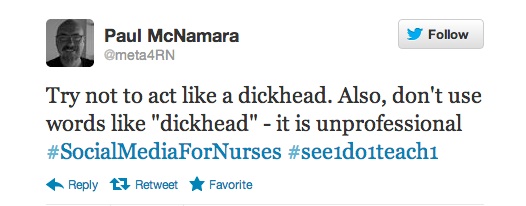


Additional Info. Learning by mistakes will be part of learning social media. I’ll probably fall for taking troll-bait again when discussing something I feel strongly about, but my troll-radar is more refined than it used to be.

Additional Info. Those that do name their employer often add the disclaimer “views my own”. I am not sure why this is so. It is usually assumed that people are representing their own views, not their employer’s, when chatting via phone or email, so I’m not really sure why it would be considered different on Twitter/social media.
Anyway, just to clarify: although I was once an altar boy in a Catholic church, the views I express on social media do not represent the views of God, Jesus, The Pope, or other members of the Catholic clergy or congregation. Same goes for previous, current and future employers.

Additional Info. There might be exceptions to this rule if there is something positive, fun and noteworthy to Tweet about, eg: “Here is a photo of the prize-winning Christmas decorations on the Paeds ward” (no patients in photo).

Additional Info. Maybe this is true. As with bland hospital food, take this with a large pinch of salt. 😉

Additional Info. This is probably the best single bit of advice I can give. The risks of social media are commonly overstated by those who are not using it, feel threatened by it, or are trying to make a living out of it. For the rest of us, nurses or not, it’s a fun way to find and share information and interact with interesting people from all over the world.
What have I missed? What advice would you give to a SoMe newbie? Please feel free to add your suggestions in the comments section below.
Paul McNamara, 20th January 2013
Short URL meta4RN.com/rant1
Author’s note
* The lady who I administered my first IM injection to really was Portuguese, and she did say something in Portuguese after I gave the injection. However, judging from her grimace, I doubt very much that she said anything like the completely fabricated sentence in quotation marks above.




